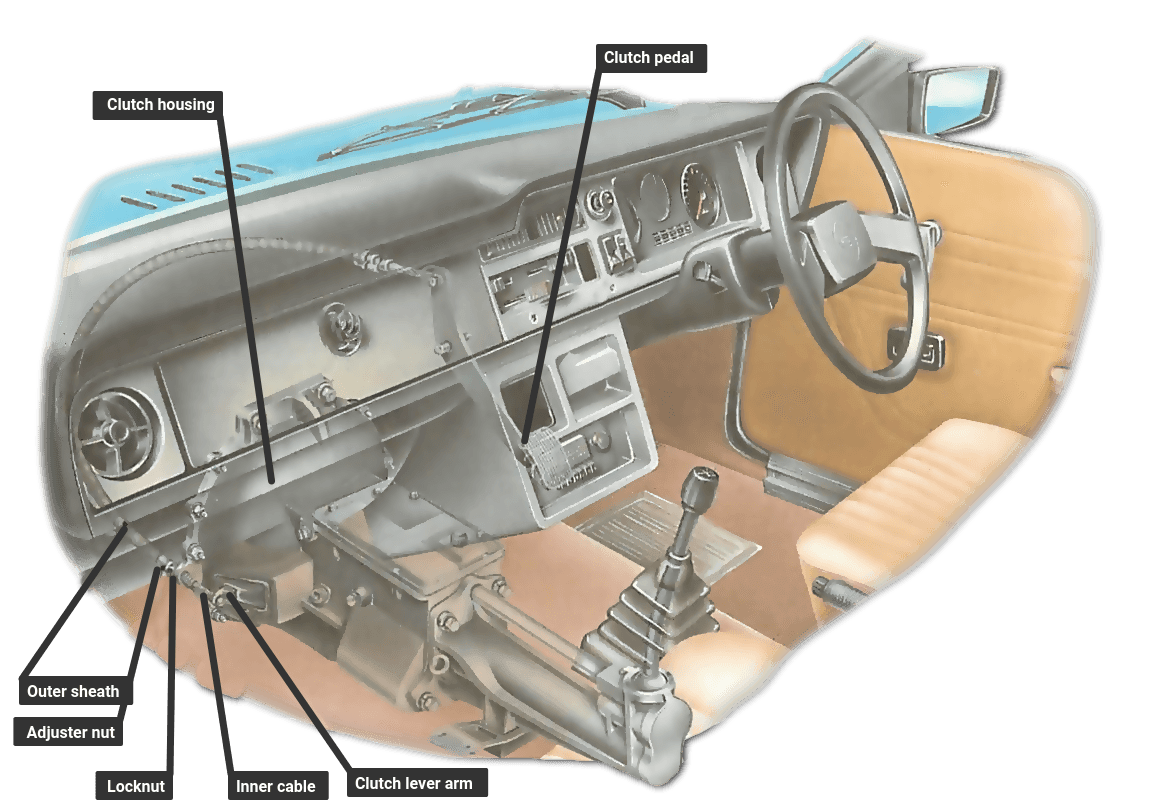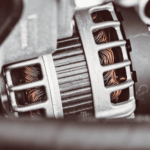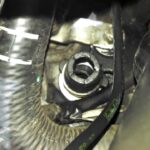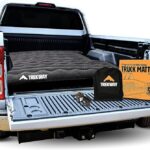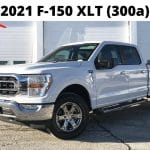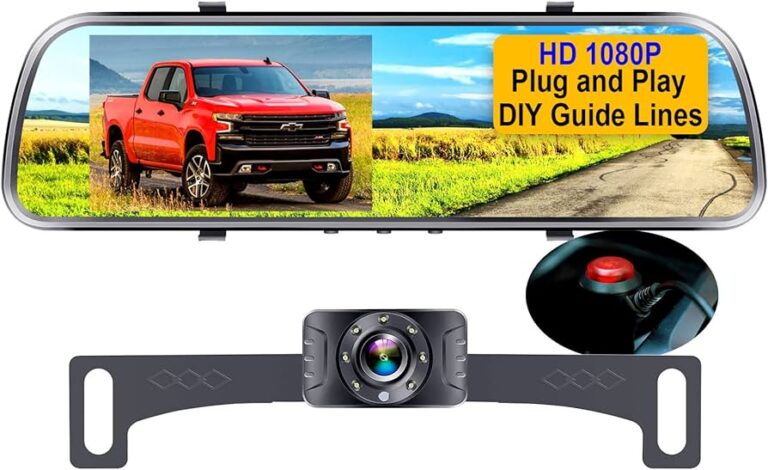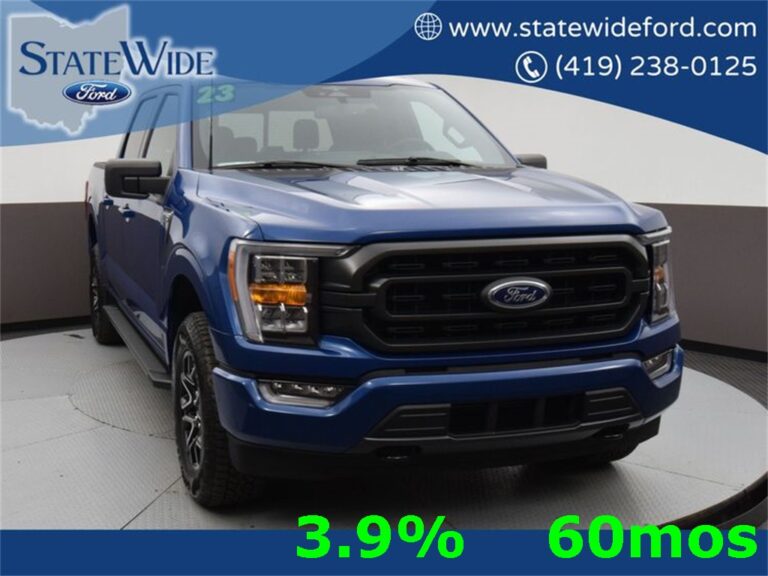How Do I Know If My Clutch Cable Has Gone
In the intricate world of manual transmission vehicles, the clutch system plays a crucial role in facilitating smooth gear changes and overall driving experience. Among the components that make up this system, the clutch cable stands as a vital link in transmitting force from the pedal to the clutch mechanism.
Over time, however, wear and tear can take a toll on the clutch cable, leading to a range of issues. This comprehensive guide aims to help you identify the signs of a failing clutch cable and provides insights into effective solutions.
Understanding the Clutch Cable’s Role
To grasp the significance of the clutch cable, it’s essential to comprehend the workings of the clutch system in a manual transmission vehicle. The clutch enables the driver to disengage the engine from the gearbox momentarily, allowing for smooth gear changes. When you press the clutch pedal, the cable transmits the force to a mechanism that separates the clutch from the engine’s power, enabling you to shift gears seamlessly.
Signs of a Bad Clutch Cable
Detecting a faulty clutch cable requires a keen eye for subtle changes in your vehicle’s behavior. Here are some common signs that indicate your clutch cable may have gone bad:
1. Difficulty in Shifting Gears: If you find it challenging to shift gears smoothly, especially when experiencing resistance or grinding noises, a worn-out clutch cable could be the culprit. Difficulty in changing gears indicates that the cable isn’t effectively transmitting the necessary force to the clutch mechanism.
2. Soft or Spongy Clutch Pedal: A clutch pedal that lacks resistance and feels soft underfoot is a clear indication of a potential clutch cable issue. This softness can be attributed to a stretched or fraying cable that fails to provide the required tension for engaging and disengaging the clutch.
3. Clutch Pedal Sticking: When the clutch pedal fails to return to its normal position after being depressed, or if it becomes stuck to the floor, it’s a sign of a malfunctioning clutch cable. This phenomenon can result from improper cable tension or cable misalignment.
4. Frequent Clutch Slippage: Clutch slippage occurs when the clutch engages prematurely or disengages involuntarily while driving. A worn-out clutch cable can cause inconsistent engagement, leading to a noticeable loss of power and efficiency.
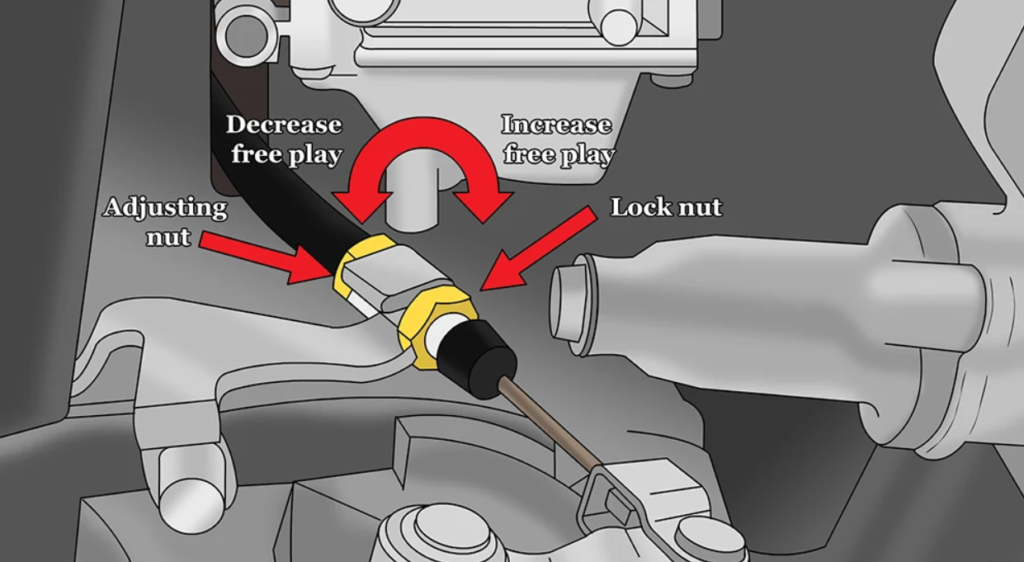
Performing a Visual Inspection
Conducting a visual inspection is an essential step in diagnosing a potential clutch cable issue. Start by locating the clutch cable, which is typically connected to the clutch pedal on one end and the clutch mechanism on the other. Examine the cable for signs of fraying, kinks, or visible wear. Pay close attention to areas where the cable bends or moves, as these are the points most susceptible to damage.
Check for proper cable tension by pressing the clutch pedal. The cable should exhibit a slight amount of play before engaging the clutch mechanism. If the cable feels too loose or too tight, it’s an indication that the cable may need adjustment or replacement.
Seeking Professional Assessment
While visual inspections can provide valuable insights, diagnosing complex issues with the clutch cable often requires professional expertise. Mechanics possess the tools and knowledge to perform a thorough diagnosis, identifying not only clutch cable problems but also potentially related issues that might affect the overall clutch system. Consulting a professional mechanic is advisable when dealing with intricate systems like the clutch, as they can offer accurate assessments and appropriate solutions.
DIY Solutions and Maintenance
For minor clutch cable issues, there are a few steps you can take to improve cable performance. Lubricating the cable with a specialized cable lubricant can help reduce friction and enhance its lifespan. Additionally, minor adjustments to the cable tension can be made to ensure proper engagement and disengagement of the clutch. However, it’s crucial to exercise caution and avoid attempting complex repairs without proper knowledge, as improper adjustments can exacerbate the issue.
Replacing a Bad Clutch Cable
If your visual inspection and professional assessment confirm that the clutch cable is indeed faulty, replacing it is the most effective solution. Here’s a step-by-step guide to replacing a bad clutch cable:
- Gather Tools and Replacement Parts: Ensure you have the necessary tools, including wrenches and pliers, along with a replacement clutch cable that matches your vehicle’s specifications.
- Disconnect the Old Cable: Begin by disconnecting the old clutch cable from both the clutch pedal and the clutch mechanism. This may involve removing fasteners and pins.
- Install the New Cable: Attach the new clutch cable to the clutch pedal and the clutch mechanism following the reverse steps of removal. Ensure proper alignment and tension as you secure the cable in place.
- Adjust Cable Tension: Adjust the cable tension to achieve the appropriate amount of play in the cable. Refer to your vehicle’s manual for specific guidelines.
- Test the Clutch: With the new cable in place, test the clutch’s engagement and disengagement by pressing the clutch pedal. Ensure that the clutch functions smoothly without any hiccups.
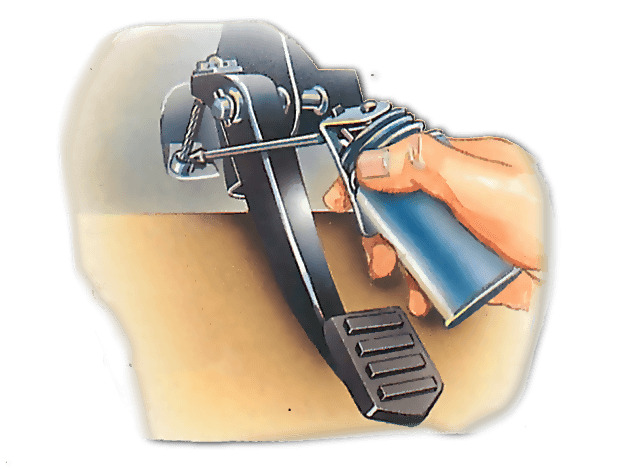
Preventive Measures for Clutch Cable Health
To prolong the life of your clutch cable and prevent premature wear, consider implementing these preventive measures:
1. Practice Smooth Shifting: Avoid aggressive or hasty gear changes that can put unnecessary stress on the clutch cable and mechanism.
2. Avoid Riding the Clutch: Resting your foot on the clutch pedal while driving causes constant tension on the cable and can lead to accelerated wear.
3. Regular Inspection and Lubrication: Include the clutch cable in your routine vehicle inspections. Lubricate the cable as recommended by your vehicle’s manual to reduce friction.
4. Gentle Pedal Operation: Operate the clutch pedal smoothly and avoid sudden, jerky movements that can strain the cable.
Conclusion
The clutch cable is a linchpin in the manual transmission system, ensuring smooth gear changes and optimal driving experience. Recognizing the signs of a failing clutch cable and taking proactive measures can save you from the inconvenience of unexpected breakdowns and costly repairs. Whether through visual inspections, seeking professional expertise, or performing simple maintenance, your vigilance in caring for your clutch cable will contribute to the longevity and performance of your vehicle’s clutch system. Remember, a well-maintained clutch cable is the bridge between your driving intentions and the mechanical precision of your vehicle.
FAQ:
How do I know my clutch cable is broken?
Signs include difficulty shifting gears, spongy pedal, pedal sticking, and clutch slippage. Visual inspection reveals wear or damage.
What will happen if the clutch cable is broken?
A broken clutch cable makes gear shifting challenging or impossible, leading to the inability to engage/disengage the clutch.
How do you check a clutch cable?
Visually inspect the cable for fraying, kinks, or damage. Test clutch pedal resistance and smooth engagement while shifting gears.
Can you drive with a broken clutch cable?
Driving with a broken clutch cable is unsafe. Shifting gears becomes extremely difficult or impossible, risking further damage and safety issues.

